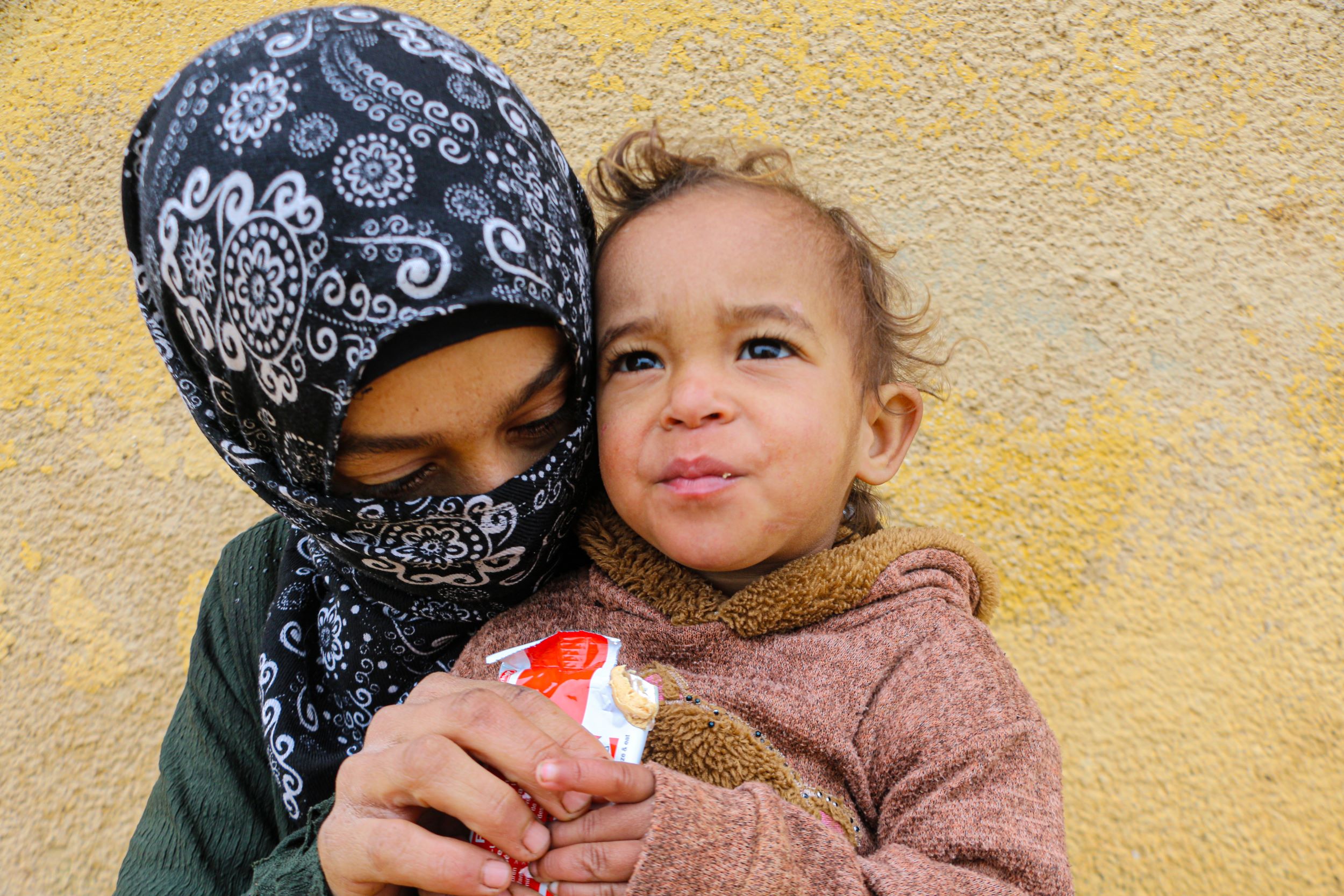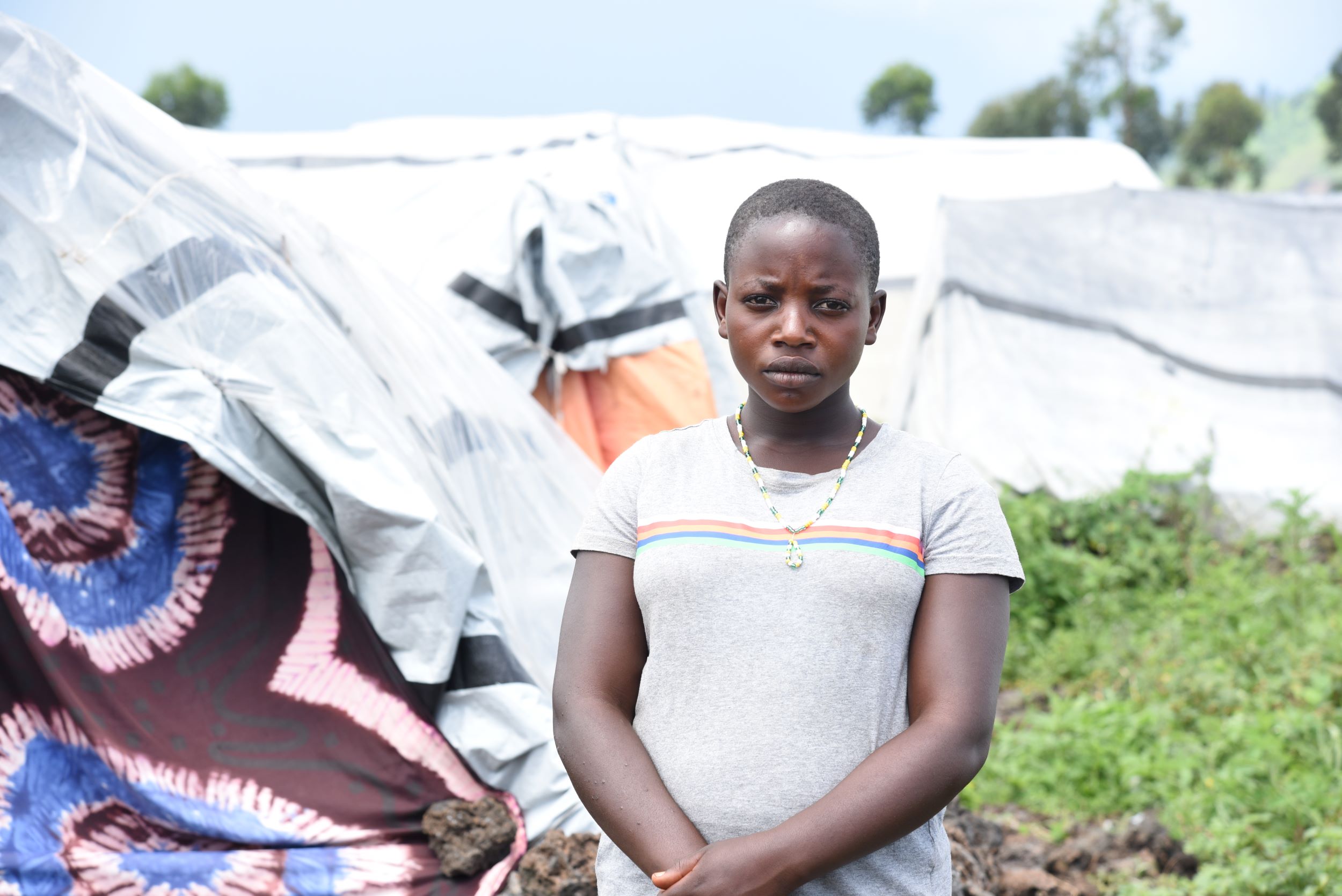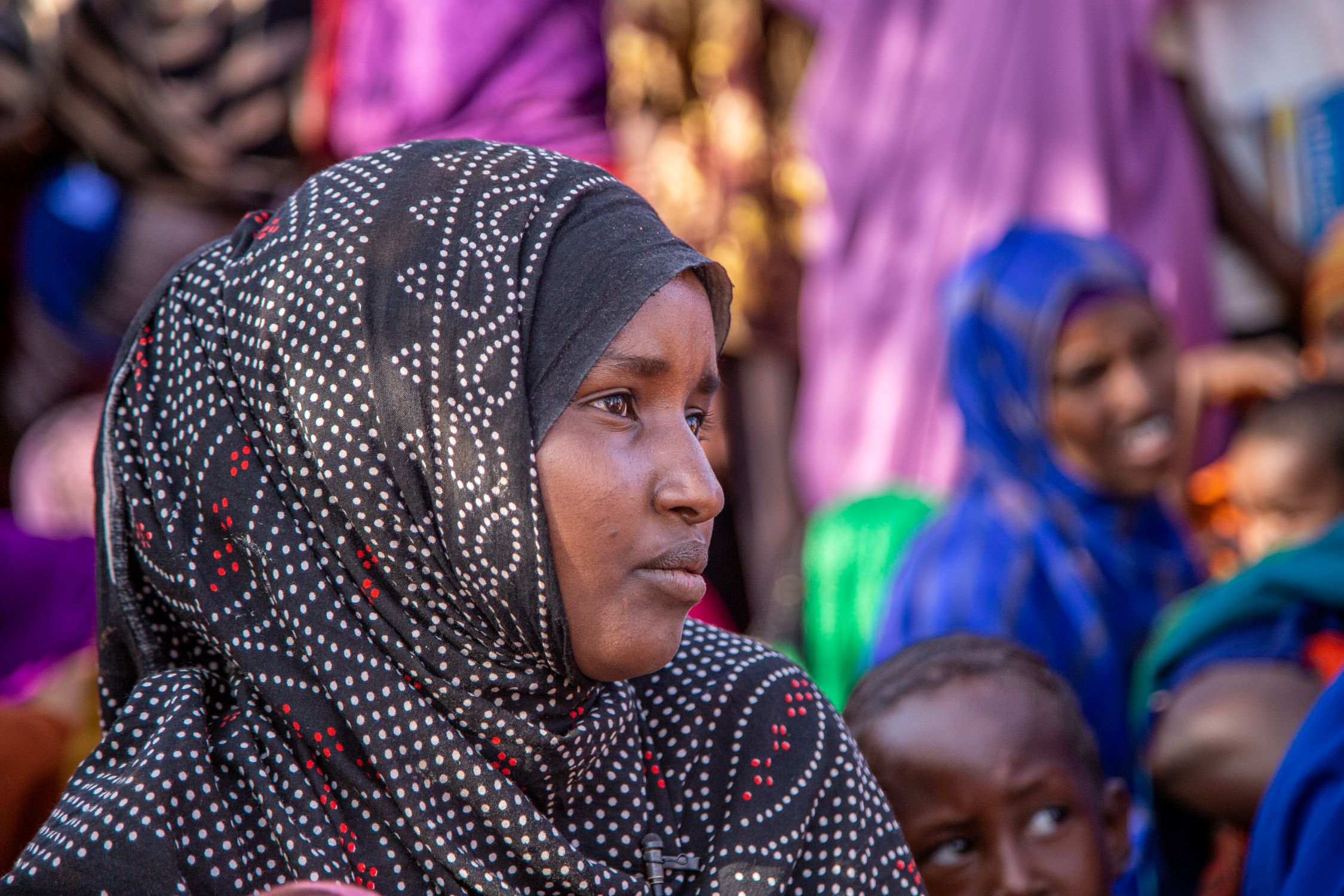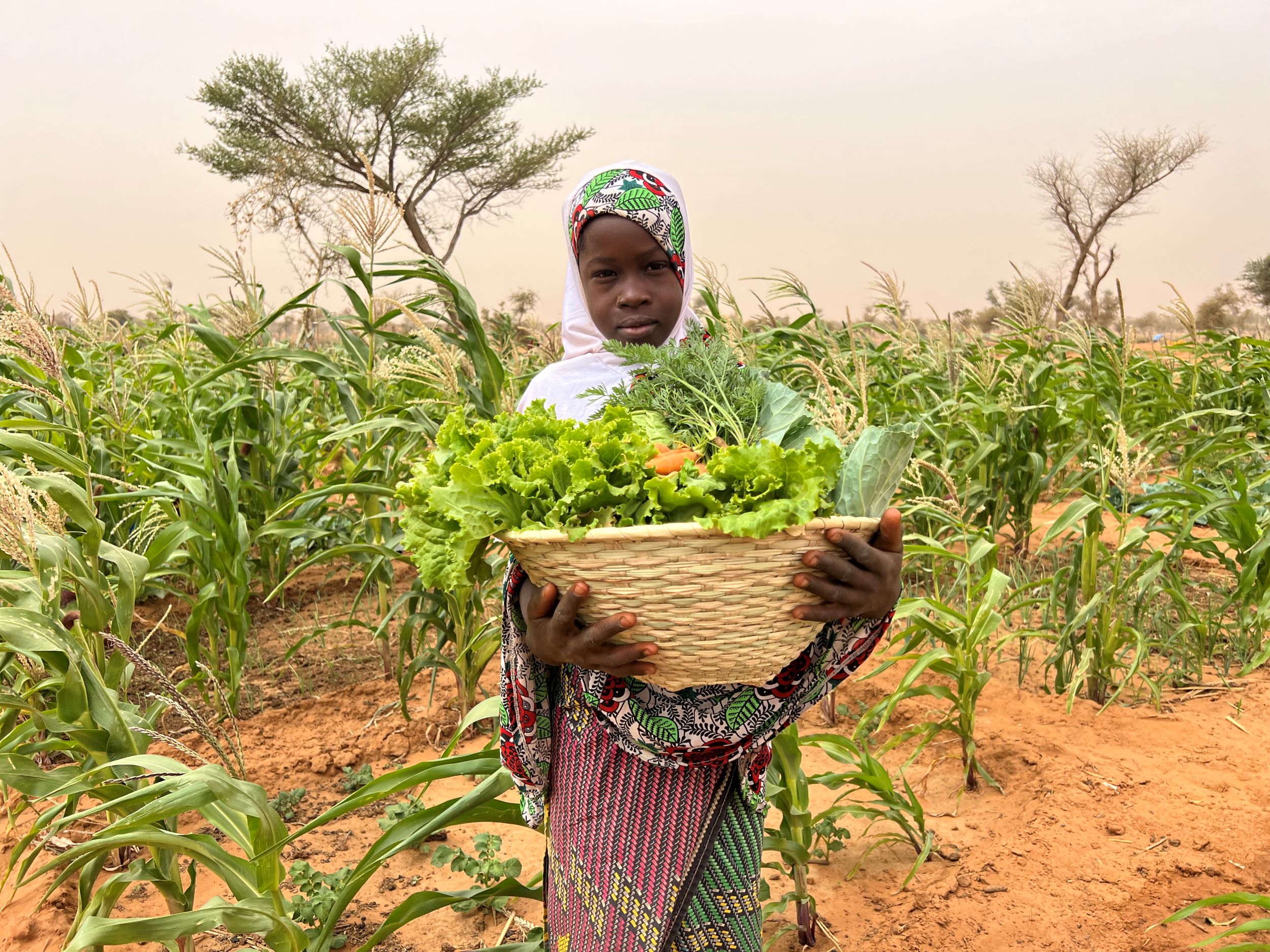
How to solve world hunger
A look at the root causes of world hunger and our work to find their solutions.
The world produces enough food to feed every person on the planet. Yet, today, as many as 783 million people across the world are going hungry. Meanwhile more than half of children under five have micronutrient deficiencies, affecting their growth and ability to fight illness and disease.
Given such discouraging numbers, why is this happening and how do we solve world hunger?

What are the main causes of hunger?
Globally, 783 million people are facing hunger today. Some of the main causes of hunger around the world include:
- climate change
- poverty
- food shortages
- poor nutrition
- economic shocks
- and soaring fertiliser prices.
But, according to a recent World Vision survey undertaken by Ipsos, 45% of people believe that it’s conflict which is the main driver for hunger.
World Vision supports people who are impacted by each of these. Our long-term projects involve working with children and their families to build a future free from hunger and extreme poverty. These position us to respond to emergencies like outbreaks of conflict or disasters brought on by climate change.
Zero hunger solutions
'Zero hunger' is one of the 17 Sustainable Development Goals (SDGs) set by the United Nations. These are a 'call to action' for all countries, addressing social needs and seeking to end poverty.
The UN is looking for global hunger solutions, and World Vision shares this goal. But solving world hunger will only be possible when the causes of hunger are addressed.
Keep reading to discover some of the ways World Vision works to address the root causes of world hunger and how we hope to protect children from its devastating effects.
1. Break the vicious cycle of conflict and food insecurity
According to the World Food Programme, 70% of the world’s hungry people live in areas afflicted by war.
When conflict breaks out, local and international food supplies get disrupted, people are often forced from their homes, incomes dry up, and communities fall apart. When support networks break down due to conflict, finding food can become a daily struggle, and having enough nutrition becomes increasingly difficult. The result can be catastrophic – especially for children.
Supporting Ali’s family to access food during conflict
“It was under the threat of death that we fled and left our fields and all our possessions including food, animals and even household materials. Everything stayed there,” says Hama, in Nigeria. World Vision has been supporting refugees coming from neighbouring Niger.
“Here we had nothing to eat and the water we had was that of the [river],” shares Ali. "We had no shelter and it was cold and windy like we had never experienced. We have been living in this suffering ever since.”
Hama, Ali and others driven from their homes in Niger received support from World Vision in the form of emergency food, water and sanitation. We also enabled the development of an irrigated market gardening site, benefitting 200 households including locals, who have also been impacted by food insecurity.
“We now have another, safer source of agricultural production for our families,” says local resident Seydou. “Now our food shortage is over thanks to the market garden site which serves as a field for us to earn our daily food.”
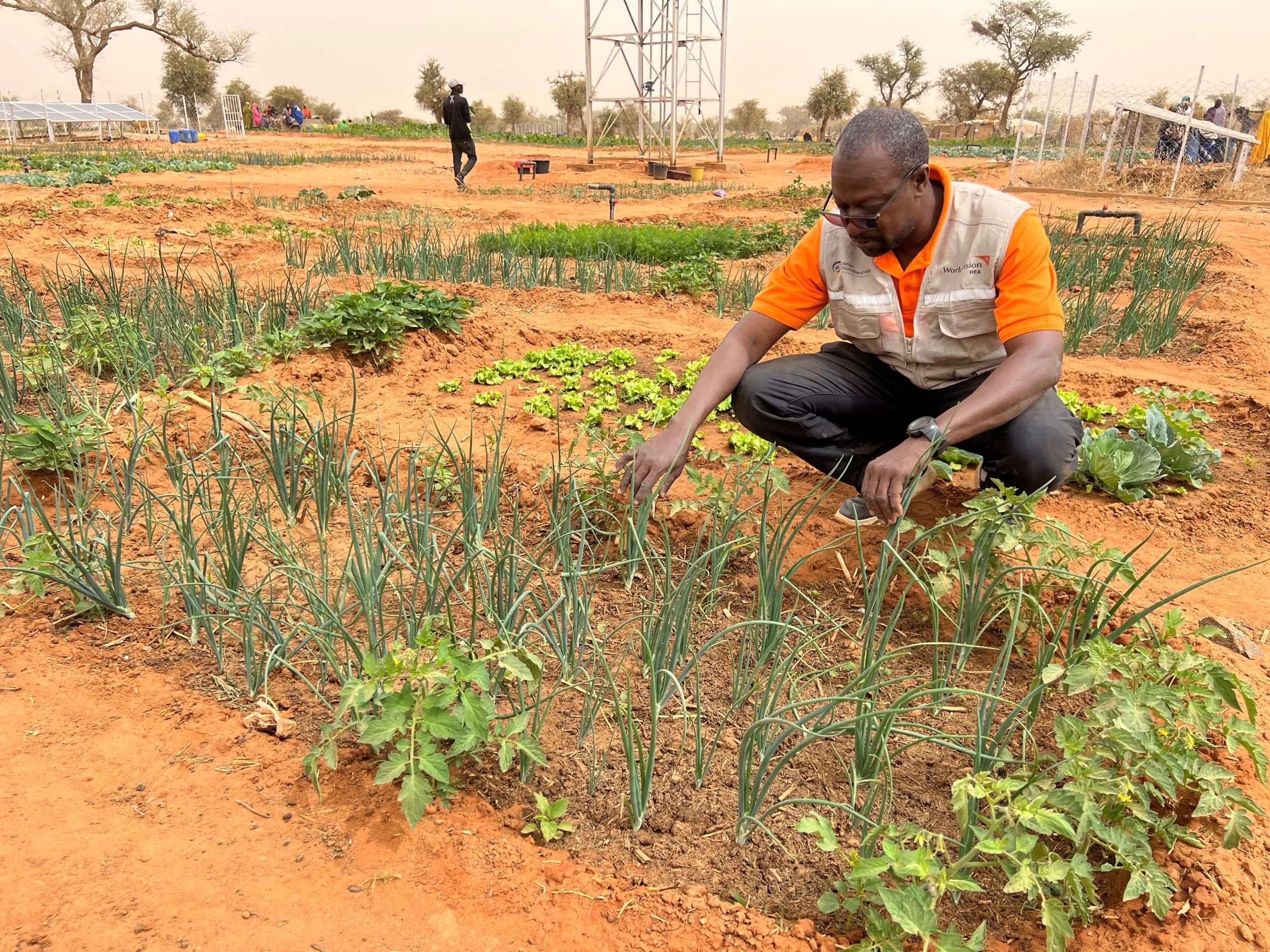
2. Address the root causes of food poverty
A recent survey conducted by Ipsos for World Vision found that among those people who have had to put a child to bed hungry, nearly half (46%) said that inflation and increased cost of living were the reason.
Average food prices remain significantly higher than before the pandemic. In the Philippines, for example, it takes two days to earn enough money to buy a basket of basic food – compared with two hours in the UK.
In Haiti the price of a basic food basket is estimated to have increased 21% since January – driven further by violence and unrest. There it takes six days to earn enough to cover a food basket.
READ MORE: Hunger crisis in Haiti
Now, Audrey can access hot school meals
Two or six days is too much, yet in Burundi it takes 36 days to earn the money to buy an average food basket.
“After school, once back home, sometimes I could miss my lunch and I went back to school with an empty stomach,” says Audrey, 14, in Burundi. Even if there was food at home, Audrey says sometimes there wasn’t enough.
It’s hard to learn without food for fuel. Thankfully, a World Vision project is now providing hot school meals for Audrey and her classmates.
“After lunch, we go back to class and revise our lessons. Our health and wellbeing has improved,” says Audrey.
Hot school meals give students a better chance of finishing their education and fulfilling their future dreams.
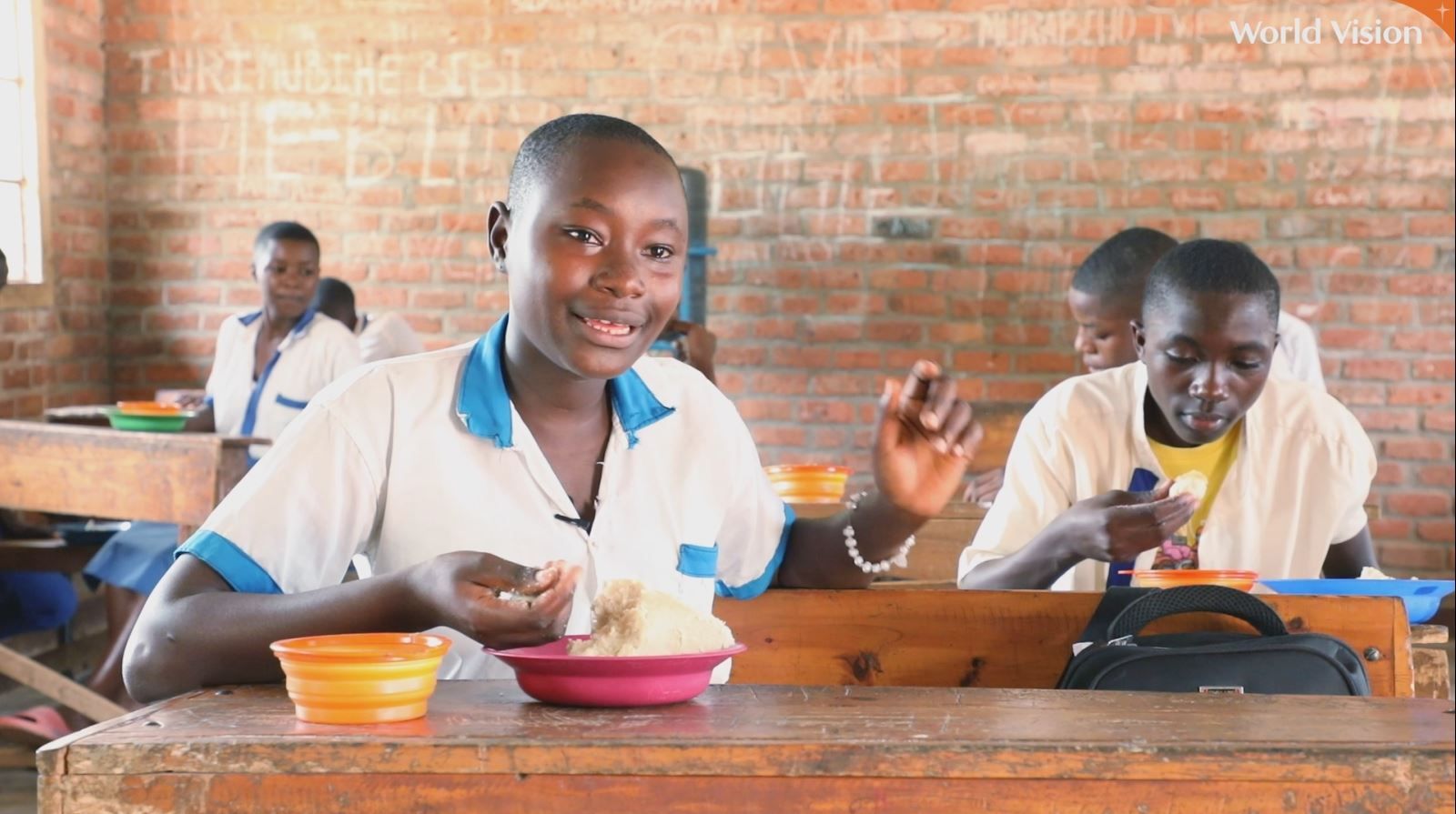
3. Increase resilience to climate change
Global food production is impacted by climate change. As greenhouse gas emissions cause the planet to warm up, extreme weather incidents like heatwaves, droughts, heavy rains and tropical cyclones make it increasingly challenging for farmers to produce crops at required levels.
In many countries, farmers’ crops are failing or underproducing because of changing weather patterns.
In 2023, World Vision’s long-term programmes positioned us to respond to the fallout from extreme weather events in countries like Zambia, Malawi, Somalia and Mongolia.
Finding climate solutions in Malawi
“Our area is constantly affected by natural disasters,” says Fletcher, a farmer in Malawi. “It is so difficult to farm and expect a good harvest from the money we put in. I am a lead farmer, meaning I know what to do with my land, but even then, it is very difficult."
In the past five years, Fletcher’s area has been hit by four cyclones as well as crop damaging fall army worms. According to Fletcher, this never used to happen as frequently.
World Vision is helping farmers like Fletcher adopt land restoration approaches including Farmer Managed Natural Regeneration (FMNR) and climate smart agricultural techniques.
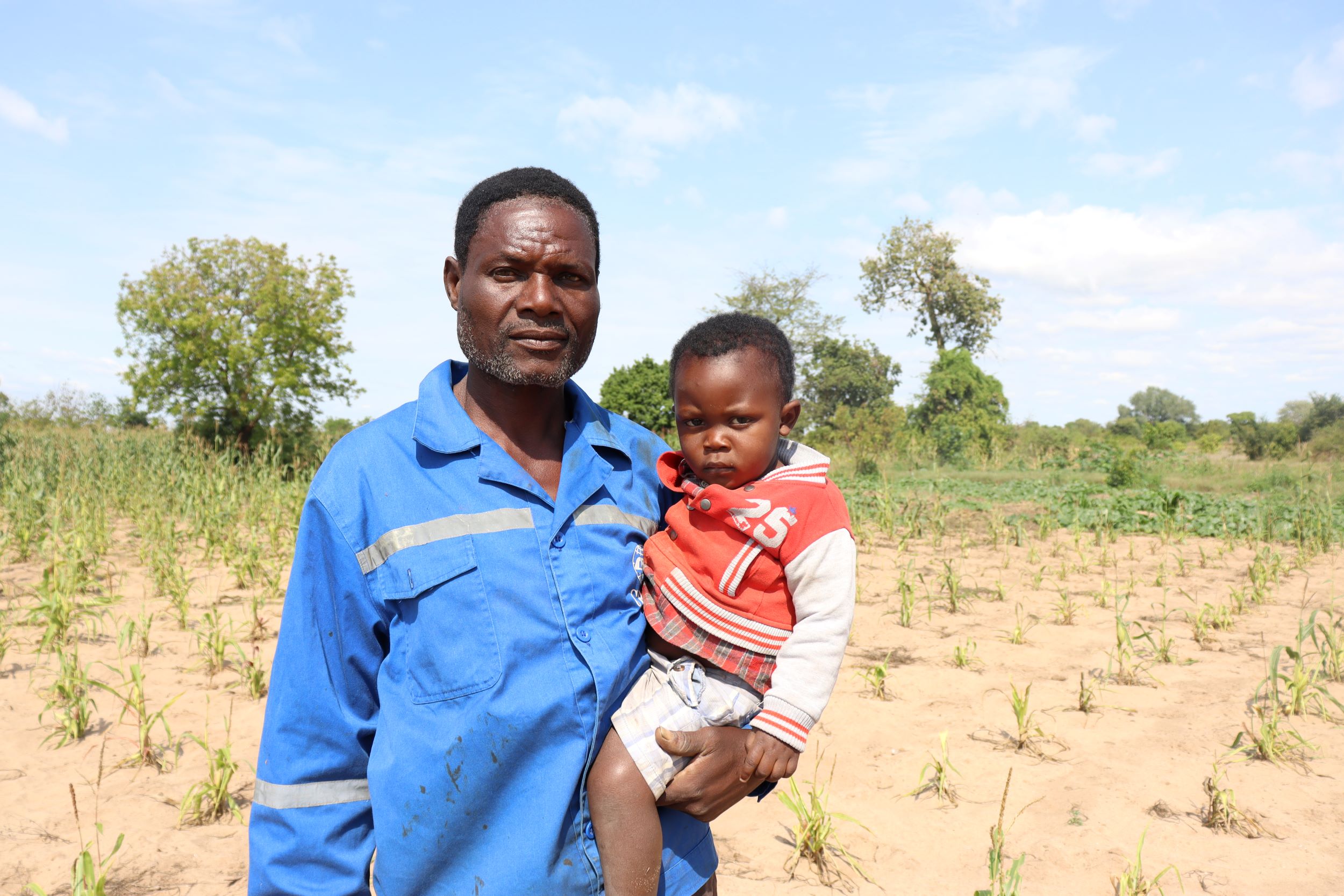
How can we stop world hunger?
Addressing conflict, economic shock and climate change are key to solving child hunger. Global hunger can be stopped when we work together and even a small donation can make a big difference in a child’s life.
Here are some ways that World Vision is working to stop hunger:
- Food and cash vouchers during emergencies – keeping mouths fed while families recover.
- Increasing water supplies – for crops as well as for cooking nutritious food.
- Training sustainable farming practices – to improve food security and bring in additional incomes.
Through World Vision's work, every 60 seconds a hungry child is fed.
Have you had ENOUGH of world hunger?
World Vision believes that in a world of plenty, zero hunger is achievable. We say there’s enough nutritious food for everyone.
Launched last year, World Vision’s ENOUGH campaign seeks to help end both hunger and child malnutrition, with a pledge to spend US$3.4 billion on nutrition.
Donate today and join with others to help end hunger and make a long-lasting difference to people’s lives.

